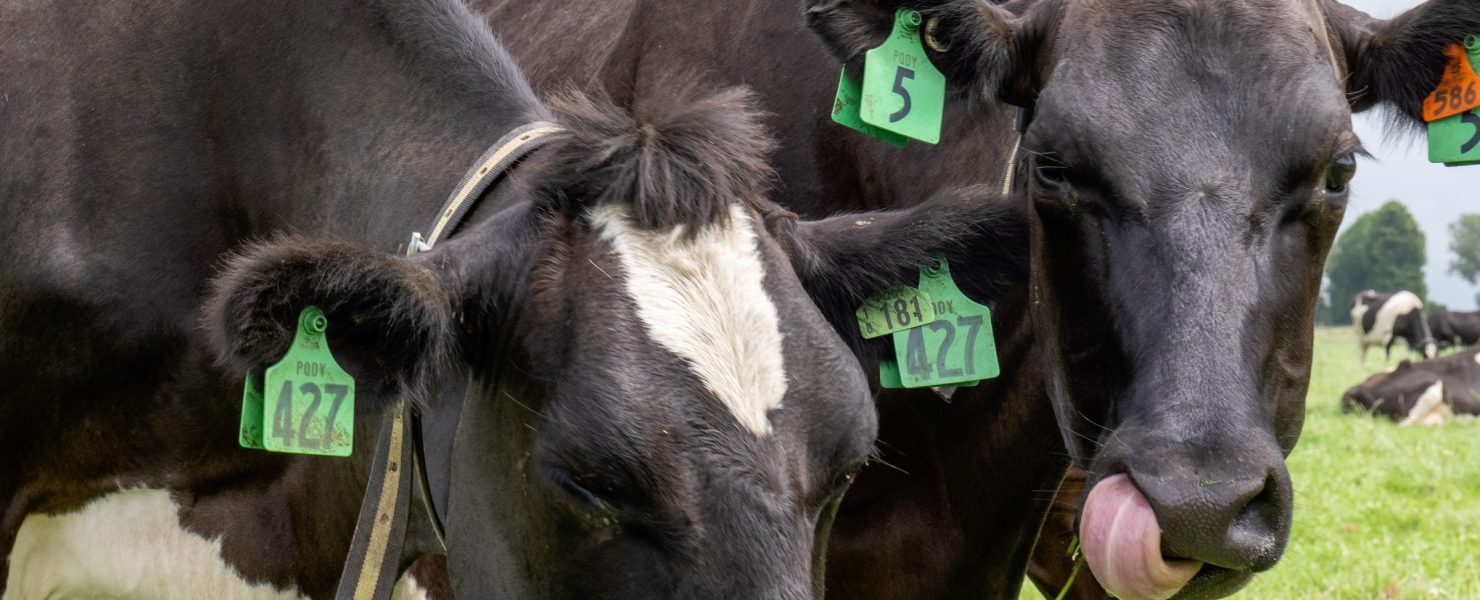
There is nothing much more soul-wrenching than witnessing the rapid decline of a previously high-producing dairy cow, invariably in her prime, withering away to a skeleton fit only for the pet food truck. Johne’s disease is a scourge in the cattle industry worldwide and it is a major cause of wastage for our NZ dairy cows.
This complex bacterial disease has been recognised since the early 1900s. But despite knowing about its existence, and enormous efforts focused on developing a treatment, there remains no effective cure, and until recent years there have been very few options in our toolkit for controlling its spread.
Recent advances, offering the ability to test and diagnose cattle with Johne’s before they start showing clinical signs, have offered the opportunity to cull affected cattle while they still have some value. Being able to cull cattle at this stage limits the spread of the Johne’s bacteria, removing cattle before they move into the super-shedder phase that accompanies the scour and wastage we see in the clinical phase of Johne’s disease.
The two current options for Johne’s testing in NZ are milk testing and blood testing. Milk testing is done by LIC and is carried out on individual animals at the time of herd testing. This is usually done at the third or fourth herd test, and it needs to be prebooked with your veterinarian. Results will come back with a list of high positive cows, and further blood testing is recommended to confirm the identities before culling decisions are made.
Disease Research Limited is an independent diagnostic laboratory, based at Invermay Research Centre, Dunedin which specialises in Johne’s Disease testing and diagnosis. The original Paralisa™ blood test was designed to help diagnose and control Johne’s in deer before being validated for cattle as well. The Paralisa™ tests the blood in four different ways, making it the most sensitive test to date and enabling identification of higher numbers of affected cattle before they become clinical.
The ability to identify cattle before they become clinical has been an enormous step forward in enabling some control and the ability to reduce disease in our dairy herds. For our clients currently involved in test and control programmes, the relief of not having to deal with the wastage of clinical cases during the season has been immense.
For details on developing a personalised Johne’s control programme for your herd, please contact your key Vetlife veterinarian. While Johne’s disease is impossible to eradicate, a control programme utilising the best testing available will reduce cow wastage as well as reduce the spread and incidence of the disease moving forward.